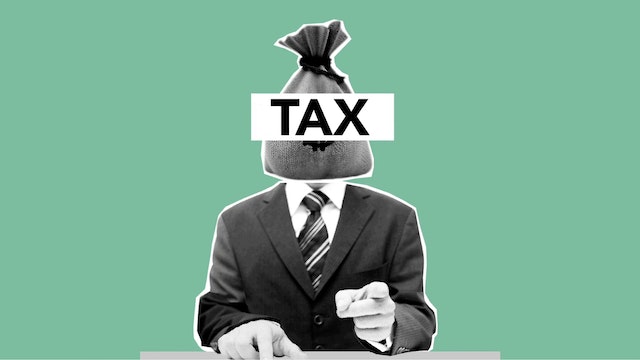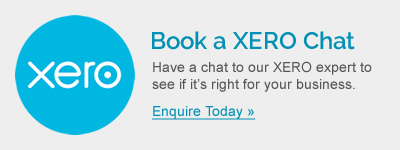Temporary Full Expensing and Loss Carry Back Tax Offset Claims to be Reviewed by ATO in 2023
Temporary full expensing and loss carry back were established by the previous administration as part of a package of policies designed to support businesses during the COVID-19 pandemic and promote investment. Since these exemptions were only meant to be transitory, only the income years 2021 to 2023 are covered by the existing legislation.

“ATO Set to Review Temporary Full Expensing and Loss Carry Back Tax Offset Claims for 2023.”
Businesses are entitled to the following under these regulations:
Temporary Full Expensing – In general, enterprises with an aggregated turnover of less than $5 billion are entitled to immediately deduct, regardless of cost, the amount of the acquisition price for business use of qualified assets (including upgrades).
Between 7.30 p.m. (ACT time) on October 6, 2020, and June 30, 2023, eligible depreciating assets must be first acquired and then used or placed in readiness for use for a taxable purpose.
Please refer to LCR 2021/3 of the ATO and S.328-181 of the Income Tax (Transitional Provisions) Act 1997 (“IT(TP)A 1997”), Subdivision 40-BB of the IT(TP)A 1997.
Learn more about Temporary Full Expensing here.
Loss Carry Back – In general, businesses with an overall turnover of less than $5 billion may elect to “notionally” carry back tax losses from the income years of 2020 to 2023.
for the income years 2019 through 2022, against their income tax liability.
In the tax return for the income year in which the decision is taken, a refundable tax offset is created as a result. If the tax loss had been claimed in the prior year, the tax offset effectively represents the tax that would have been saved. Observe ITAA 1997, Division 160.
The Government has not stated that these policies will be continued through the 2023 tax year as of the time of writing. As a result, the fact that 2023 (at the present time) is the last year for submitting claims under these concessions poses certain compliance issues for the ATO.
Learn more about Loss Carry Back tax offset here.
The Most Critical issue with Temporary Full Expensing Claims for 2023
There is a greater risk of businesses claiming wrongly an instant deduction for assets that are first utilised or installed ready for use after 30 June 2023 for the 2023 tax year.
This means that by 30 June 2023, the asset must have been first utilised or installed and ready for use for commercial purposes in order to immediately deduct the cost of the item under temporary full expensing for the 2023 income year. The possibility of delivery delays and other supply chain concerns may prevent some businesses from fulfilling this deadline for the immediate deduction as 30 June 2023 approaches quickly.
Businesses with a substituted accounting period also have problems, especially those who are late with their 2023 balances (e.g., 31 July 2023 rather than 30 June 2023). Some taxpayers might believe that an instant deduction is allowed if the item is installed or used for the first time by the substituted year end (for example, 31 July 2023) rather than the 30 June 2023.
As a result, the ATO is anticipated to thoroughly examine temporary full expensing claims for the 2023 revenue year. The ATO may request additional information to determine whether a claim is legitimate, particularly when a sum is recorded at label S – temporary full expensing deductions in the “Capital Allowances” section of the business returns (e.g., Item 9 of the Company Tax Return).
ADVICE ON TAXES: Verify claims for assets installed after June 30, 2023.
It is significant to remember that temporary full expensing will not apply if an eligible depreciating asset is first utilised, or placed ready for use, on or after 1 July 2023. As a result, the asset’s cost cannot be immediately deducted for the 2023 tax year.
Instead, under the capital allowance provisions found in Division 40 of the ITAA 1997, depreciation deductions for the asset will be claimed beginning with the 2024 income year (provided it is first utilised or installed ready for use in that year) (e.g., based on effective life or low value pools).
Alternatively, the taxpayer may use the SBE depreciation procedures in Subdivision 328-D of the ITAA 1997 if the taxpayer qualifies as a Small Business Entity (or “SBE”). According to present law, assets under $1,000 that are first utilised or installed in readiness for use for commercial purposes on or after July 1, 2023, are eligible for an instant deduction.
However, a proposal to provide an immediate write-off threshold of (less than) $20,000 for assets first utilised, or installed ready for use, in the 2024 income year was made public in the 2023–24 Federal Budget. At the time the notes were prepared, this plan had not yet been granted Royal Asset.
Getting ready to file your taxes? Book in your Tax Return Appointment today!

About Lan Nguyen
Lan is the Founder and Chief Strategist at Success Accounting Group, Melbourne based CA firm. In a matter of short 8 years she has built up a reputable Chartered accounting firm with 3 offices and a team of 6 professional accountants and support team members. Her mission is to provide Innovative and Strategic Financial advice to help her customers make smarter financial decisions today for a brighter future.
Success Accounting Group is for established business owners who would like help to grow a sustained business. As a business owner you understand what drives your business success with our accounting team taking care of the rest.




